There’s something magical about making your own hair care products which is a blend of Cosmetic science and creativity. As an experienced cosmetic formulator, I’ve spent countless hours perfecting ingredient combinations, testing textures, and tailoring formulas to meet specific needs.
Along the way, I have discovered that there’s no greater satisfaction than creating a product that works beautifully for your unique hair type and concerns.
Today, I am thrilled to guide you through the step-by-step process of making a nourishing hair mask. This is not just any hair mask, it is a custom blend packed with natural, scalp-loving ingredients that will leave your hair feeling soft, healthy, and rejuvenated.
Whether your hair needs hydration, repair, or an extra dose of shine, this hair mask can be adapted to suit your needs. So, roll up your sleeves, grab your apron, and clean the workspace to start the hair mask preparation.
Together, we will transform simple, wholesome ingredients into a finished Cosmetic product that can even be manufactured for commertial purpose.
You will need the following equipment to prepare 100 grams of a hair mask for damaged and undernourished hair.
Equipment Required
- Digital Scale- For measurement of ingredients, preferably one that measures to 0.01 grams.
- Beakers or Heat-Resistant Mixing Bowls- At least two: one for oil-based ingredients and one for water-based ingredients.
- Stirring Utensils Glass rods, silicone spatulas, or stainless-steel spoons.
- Burners or Hot plate- For melting waxes and heating the water phase gently.
- Thermometer- To monitor and control temperature during heating and emulsification.
- Stick Blender or Mini Whisk- For proper emulsification of the mixture.
- Pipettes or Droppers- For measuring small amounts of essential oils or preservatives.
- Sanitizing Solution- To clean all equipment before use.
- Container for Final Product- A sterilized jar or bottle suitable for storing the hair mask.
Accurately measure each ingredient according to the formulation table.
| Phase | Trade names | INCI Names | Weight (g) |
| A | Aloe vera juice | Aloe Barbadensis Leaf Juice, Potassium Sorbate, Sodium Benzoate, Citric Acid | 68.0 |
| A | TeraBond™ | aspergillus ferment (and) arginine | 3.0 |
| A | Glycerin | Glycerin | 5.2 |
| A | GENU pHresh™ DF Pectin | Pectin | 1.0 |
| A | KeraPlant NPNF®T | Hydrolyzed Wheat Protein, Hydrolyzed Soy Protein, Hydrolyzed Corn Protein | 8.3 |
| B | Cetiol® LC | Coco Caprylate/Caprate | 5.5 |
| C | CAPB or Cocobetaine | Cocamidopropyl betaine | 7.5 |
| C | GENU pHresh™ DF Pectin | Benzoic acid | 0.70 |
| C | Perfume | 0.7 | |
| C | Sodium chloride | Sodium chloride | 0.1 |
| Total: 100.00 |
Method of preparation
- Preparation:
Ensure all tools, containers, and your workspace are thoroughly cleaned and sterilized to maintain product safety. Measure the ingredients for each phase separately. - Prepare Phase A:
In a clean beaker, combine all ingredients listed under Phase A, except pectin. Warm the mixture in a water bath to 50°C. Gradually add the pectin while stirring continuously until the mixture is smooth and homogeneous. - Prepare Phase B:
In a separate beaker, heat the ingredients listed under Phase B to 60°C. - Combine Phases:
Remove both beakers from heat. Slowly mix Phase A into Phase B while stirring gently to minimize foam formation. - Incorporate Phase C:
When the mixture cools to approximately 45°C, add the ingredients listed under Phase C and stir thoroughly to ensure even distribution. - Adjust pH:
Once the product has cooled to room temperature, test the pH and adjust it to the ideal range of 5.0 to 5.5 for hair and scalp. If necessary, make adjustments using a citric acid solution.
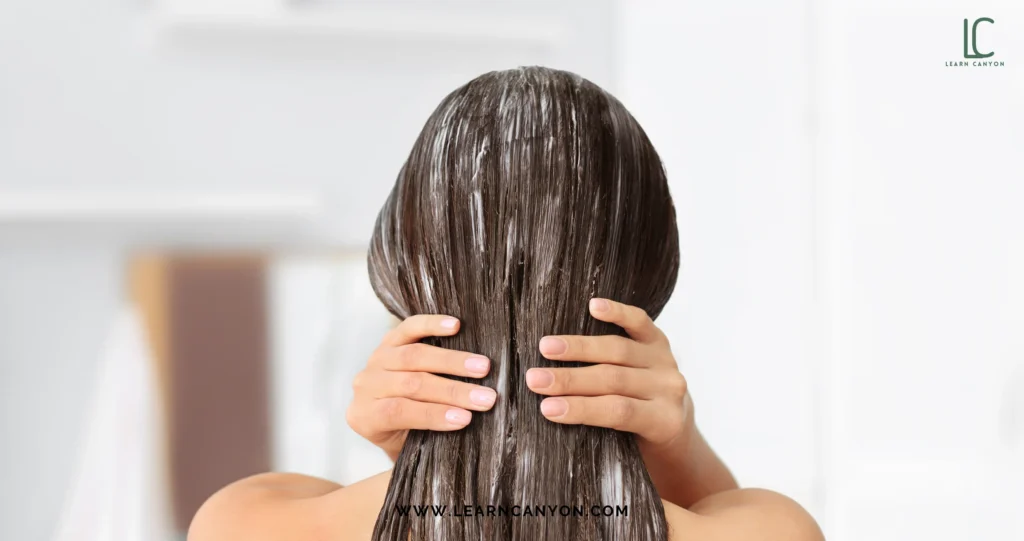
Precautions
- Use heat-resistant beakers.
- Check for proper emulsification, the final product should not separate.
- Monitor viscosity and adjust by adding more emulsifier or thickener if necessary.
- Ensure the product is free of contaminants by working in a clean environment.
- Ensure all ingredients are evenly blended so a smooth and uniform shampoo is prepared. Transfer the shampoo into a clean container.
Role of each ingredient added in hair mask:
Plant-based hair strengthening and growth promoting Complex (Terabond)Tera Bond is a reactive system that covalently bonds to amino acids and keratin fragments in hair, including broken disulfide linkages, and is a natural, high performing Plex bond. TeraBond reduces hair porosity by repairing keratin bonds that fill voids in the hair shaft allowing hair to repel moisture. Tera bond improves shine, combability, and the hair fiber’s protective shield, restores hair shape,structure, and strength
Hair repairing protein complex/ KeraPlant NPNF®T: KeraPlant has a range of amino acids for optimized damage recovery. This vegetable alternative to animal keratin aids in hair repair after being caused due to bleaching. It successfully smooths hair for easier detangling. It is used for detangling, conditioning, moisturizing, improving smoothness & nourishment. KeraPlant is proven to repair & revitalize all types of hair around the globe.
Benzoic acid: Berries can be used as a natural alternative to synthetic preservatives. Benzoic acid derived from berries has antimicrobial and antioxidant action which helps to prevent bacterial and fungal spoilage, growth of microbial pathogens and oxidative damage.
GENU pHresh™ DF Pectin: GENU pHresh™ DF Pectin is a blend of high ester and low ester pectin extracted from citrus peel.It is used as a viscosity modifier,emulsifier, gelling agent, and stabilizer in this mask.
Marine salt derived pH balancer: Sodium chloride (NaCl), A salt that is derived from a strong acid and a strong base forms a neutral solution with a pH of 7.
Coconut and palm derived emulsifier:Cetiol® LC: A light ester derived from coconut and palm oils. It’s used as a skin conditioning agent and has moisturizing and emollient properties.
Aloe Vera Juice: Stabilised Aloe Juice with Potassium Sorbate, Sodium Benzoate, Citric Acid, Naturally hydrates and soothes the scalp and also Promotes healthy hair growth.
Glycerin: Vegetable based glycerin can be derived from palm oil, soy, or coconut oil. Glycerin binds to and holds water in the hair, moisturizing and leaving it soft, smooth, and more manageable.
Cocamidopropyl Betaine: Acts as a mild surfactant and foam booster. Improves the viscosity and cleansing power of the formula. Conditions and softens hair.
Perfume of your choice: For better acceptance of the product you can choose milder variety of perfumes such as,
- Black Currant,Citrus – fruity.
- Coco Mango – tropical.
- Coconut and Lime Fragrance.
- Jasmine- floral.
- Apple Rose – fruity and slightly floral.
Why Prepare Your Own Hair Mask?
For your hair, hair masks are like superfoods. They provide a powerful dosage of nutrition, hydration, and repair. Preparing your own hair mask gives you total control over what you add in, and to leave out certain ingredients like harsh chemicals.
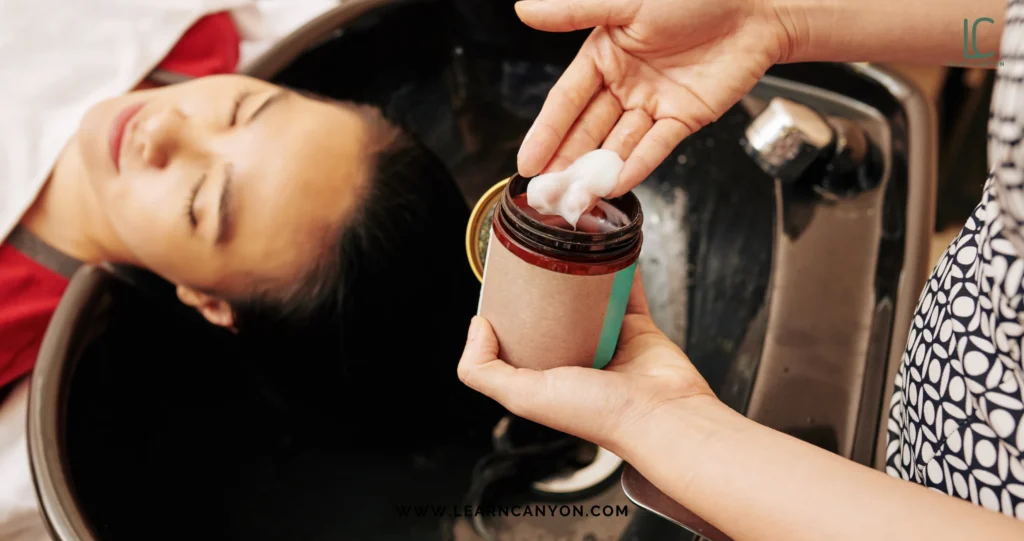
How to Use Your Hair Mask
- Apply the mask till it covers the tips. Massage the mask into your scalp for 5 to 10 minutes to boost blood circulation.
- Cover your hair with a shower cap to trap heat and help the mask penetrate deeper.
- Leave it on for 30 to 40 minutes.
- Rinse thoroughly with lukewarm water, and shampoo either on the same day or next day.
- Use the mask once a week for best results.
Preparation of hair masks is just one part of the process in cosmetic formulation. To ensure the product is effective, safe, and meets quality standards, various tests must be carried out during and after the formulation.
Before any cosmetic product is applied to the human body, it is essential for the product to undergo and successfully pass the following tests, for the safety of consumer and effectiveness of the product:
Tests to Perform
1. Stability Tests: Ensure the product remains stable under various conditions.
Procedure: Store the hair mask at different temperatures i.e., 4°C, 25°C, 40°C, and 50°C and observe over 4-12 weeks. Check for separation, discoloration, pH changes, or microbial growth.
The product should maintain consistency, texture, and appearance across all tested conditions.
2. pH Testing: Verify the pH is appropriate for hair and as per the specifications, generally 5 t0 9.
Procedure: Use a calibrated pH meter to measure the product’s pH after formulation and over time.
pH should remain stable and within the target range to protect hair and scalp health.
3. Viscosity and Texture Analysis
Procedure: Use a viscometer to measure viscosity and conduct sensory testing to check smoothness and ease of application.
The mask should be creamy, non-greasy, and easy to spread through hair.
4. Efficacy Testing To Confirm the mask delivers the intended benefits such as hydration, repair, shine etc.
Conduct controlled usage tests on damaged hair e.g., chemically treated hair or heat-damaged hair tresses. Measure improvements in elasticity, shine, and softness.
Hair should feel visibly and tangibly healthier.a
5. Microbial Testing: To ensure the product is free from harmful microorganisms.
Conduct preservative efficacy testing and routine microbial count checks.
The product should comply with acceptable microbial limits.
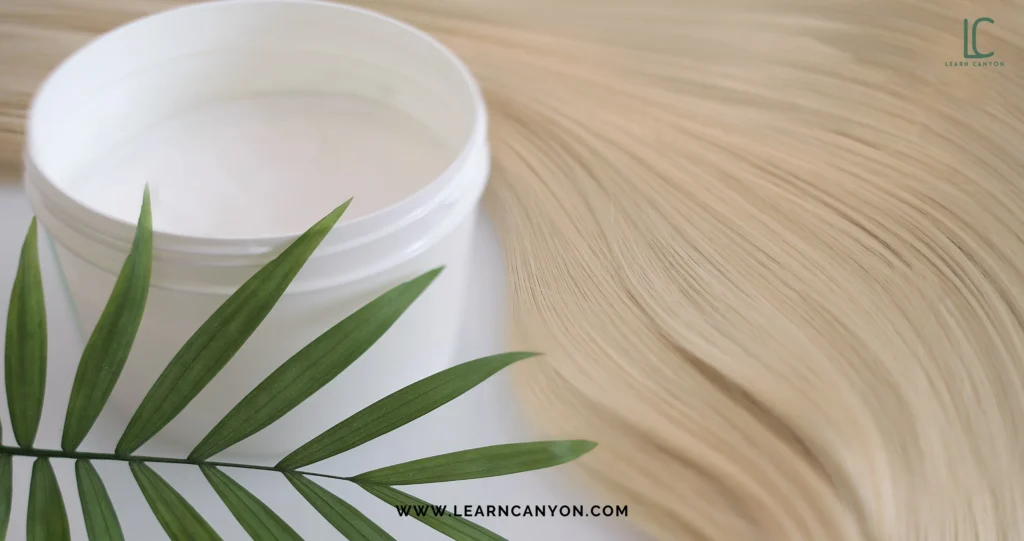
Troubleshooting
a. Oil and water phases separate during storage.
Solution: Ensure proper emulsifier concentration and selection and Change homogenization technique and duration during production.
b. Presence of crude particles.
Solution: Verify the complete particle size reduction, melting and dissolution of all powdered ingredients.
c. Hair doesn’t feel nourished after use.
Solution: Increase humectants for hydration.
d. Product feels heavy or leaves residue.
Solution: Adjust the concentration of oils and butters. Incorporate lightweight conditioning agents.
I am delighted to share my formulation skills with you all and hope you found it enjoyable and insightful. A well formulated hair mask should be stable, effective, and a pleasure to use, leaving your hair nourished, hydrated, and visibly healthier.
So, are you ready to create your own personalized hair mask? I’d love to hear how it turned out! Feel free to share your experiences and results.


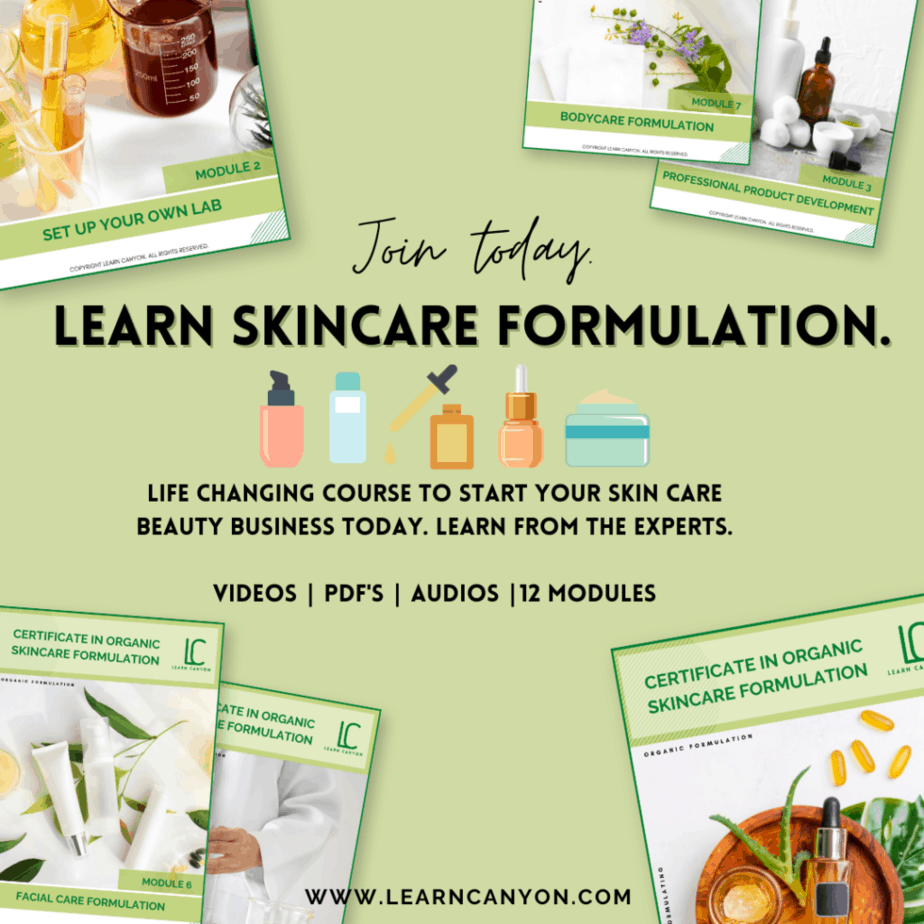
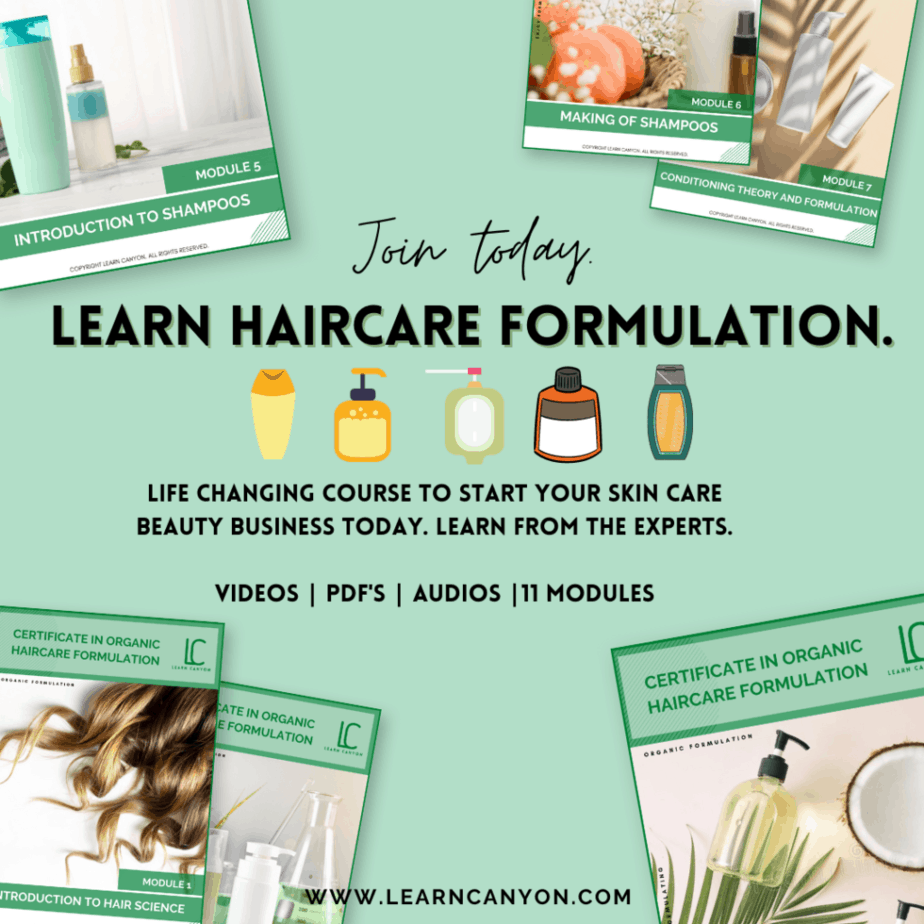
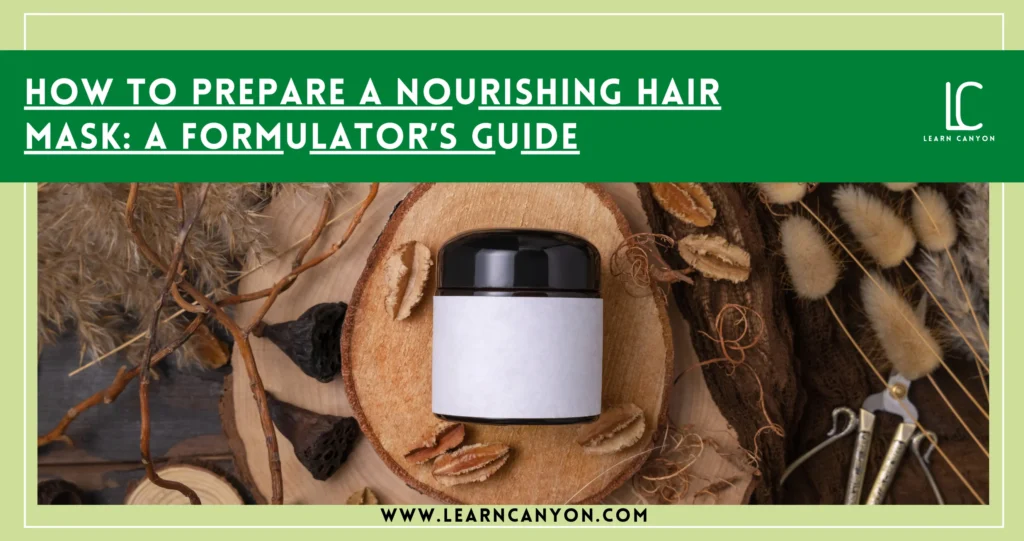

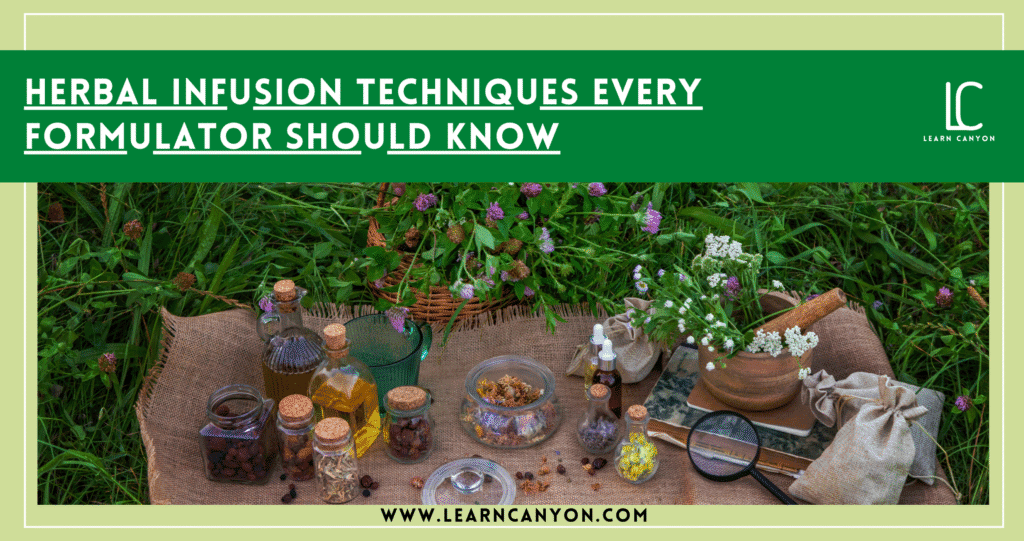
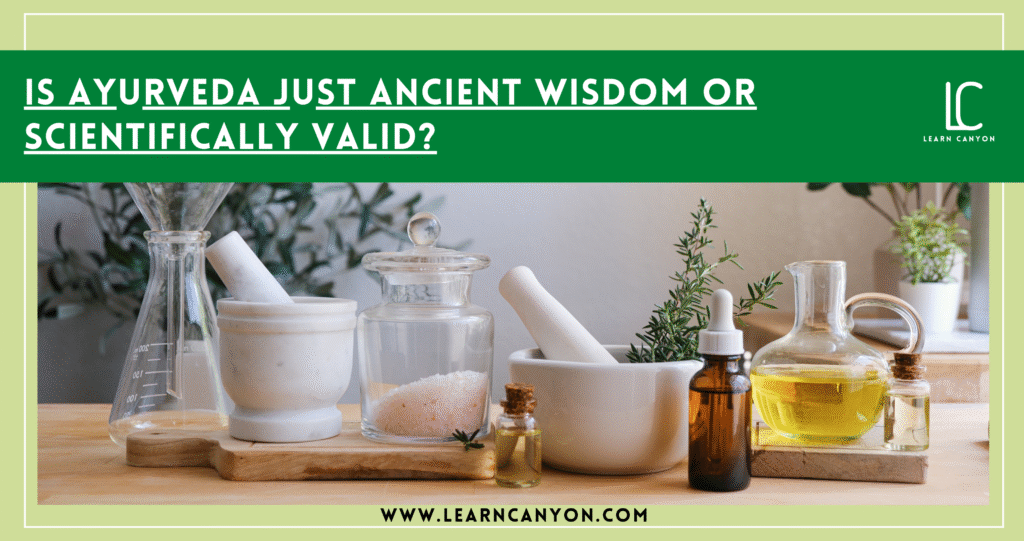
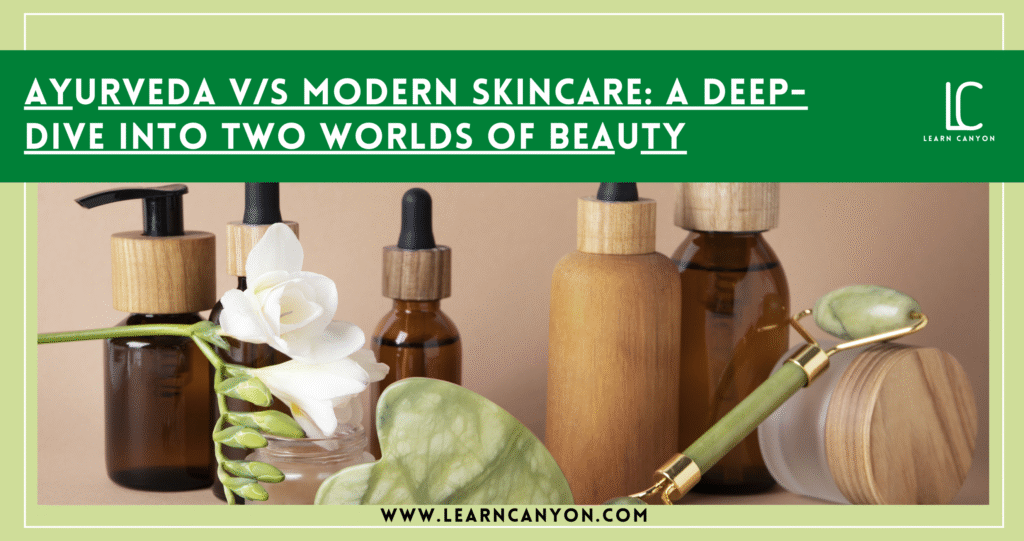



1 thought on “How to Prepare a Nourishing Hair Mask”
Hi, there are a few ingredients listed that seems very necessary for this mask but I’m not able to find them to purchase. Do you have any links that I can use to purchase?